Guangdong embraces Xi’s vision of new quality productive forces, taps innovation potential
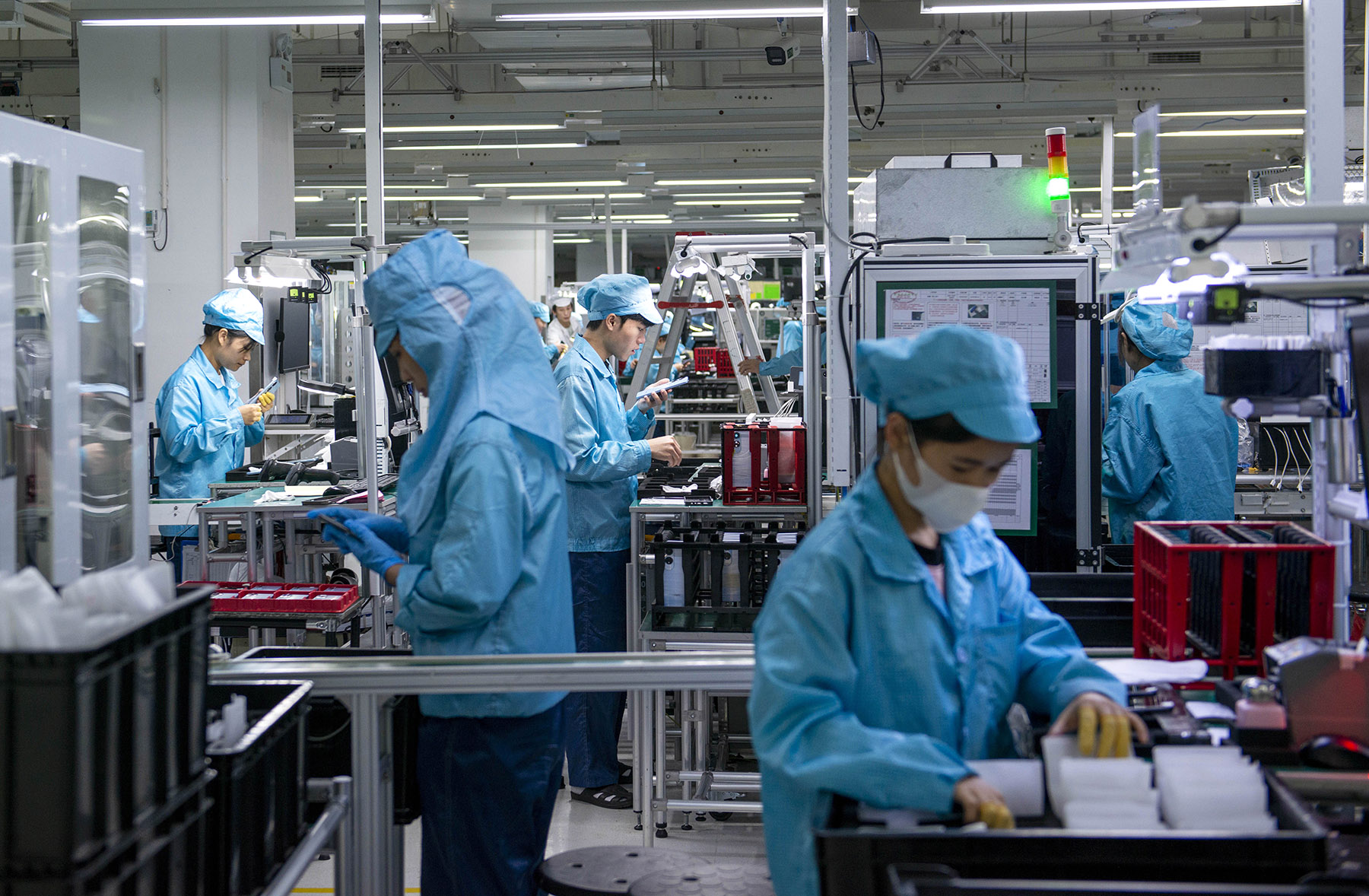
After studying the theory of President Xi Jinping on new quality productive forces, Liu Yulong, head of Midea Group’s Shunde factory in Foshan, Guangdong province, said he realized that “higher thoughts lead to a higher life”.
“It holds major theoretical and practical significance. It is actually what we are doing right now — we anticipate a significant transformation in our factory, aiming to set a new benchmark for manufacturing and industrial efficiency in the industry,” Liu told China Daily, as he proudly walked amid the bustling production lines.
He has every reason to be proud of the company’s achievements. In his factory, a dishwasher is produced every 18 seconds, requiring over 100 steps to turn a roll of stainless steel into a finished product.
This efficiency allows the factory to produce 7 million dishwashers a year for sale in 145 countries and regions, making it the top producer of dishwashers in Asia for several consecutive years.
“Our factories used to heavily rely on the skill level of workers, but that’s no longer sufficient for large-scale production,” said Liu, adding that the Midea Group has been undertaking initiatives to make its operations leaner, and since 2011 has integrated industrial robots into its production lines to achieve greater output with fewer workers.
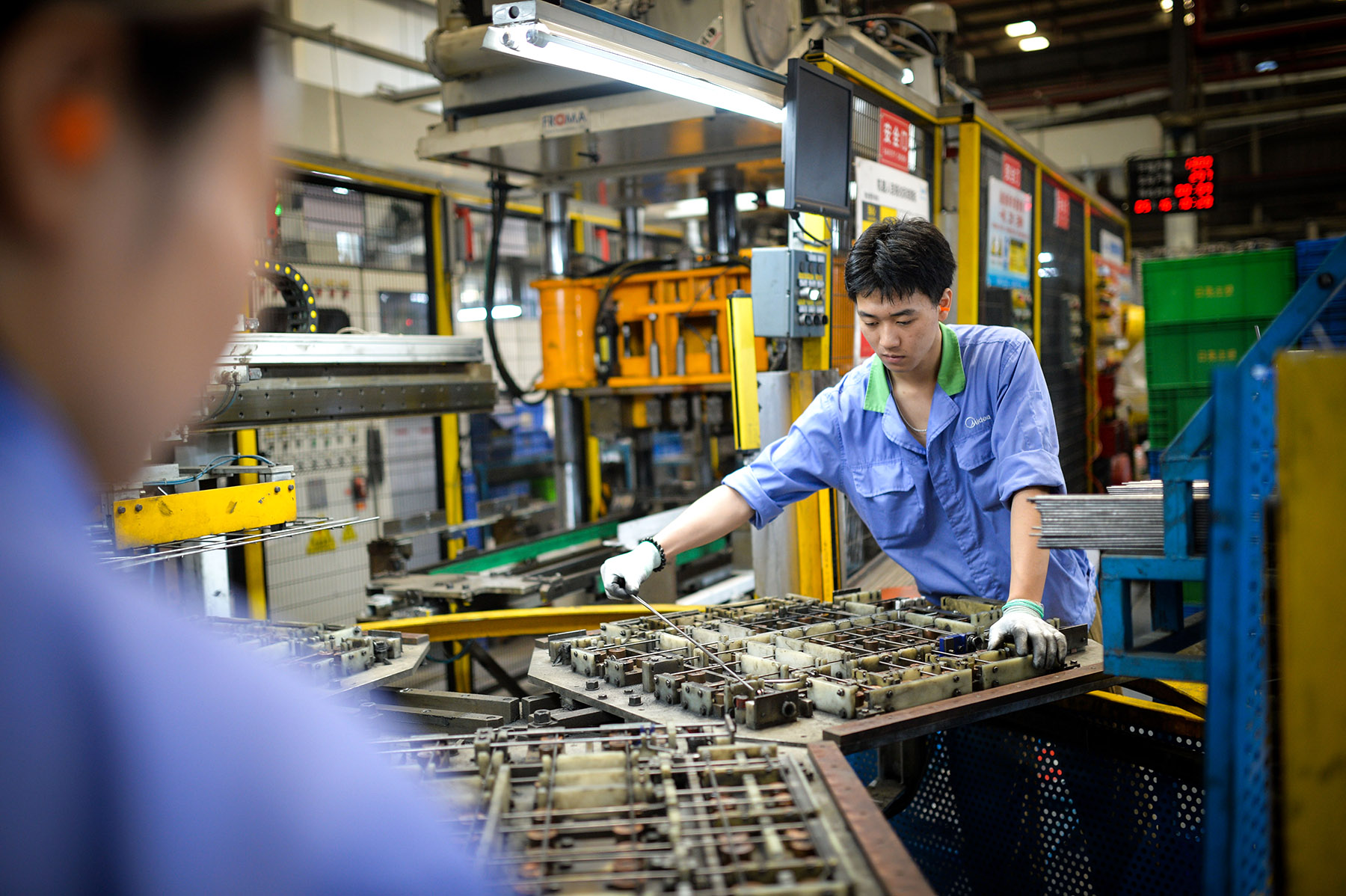
“Nowadays, with the integration of AI (artificial intelligence), 5G, big data, and other technologies, we’re taking industrial robot operations to the next level, enhancing their quality and efficiency, and moving toward a more refined approach to manufacturing,” Liu added.
As a result, Liu’s factory was recognized as a lighthouse factory by the World Economic Forum in 2022 due to its performance in production efficiency, technological innovation, product quality, and sustainability.
However, the factory is merely the tip of the manufacturing iceberg in Guangdong where promoting high-quality development by accelerating the development of new quality productive forces has been made a top priority, emphasizing innovation, the fostering of emerging industries, and the modernization of traditional sectors.
Since its initial introduction during a tour by President Xi to Heilongjiang province last year, the concept of new quality productive forces has gained momentum in Guangdong.
On Jan 31, Xi delivered a speech on the essence and significance of new quality productive forces while chairing the 11th group study session of the Political Bureau of the Communist Party of China Central Committee.
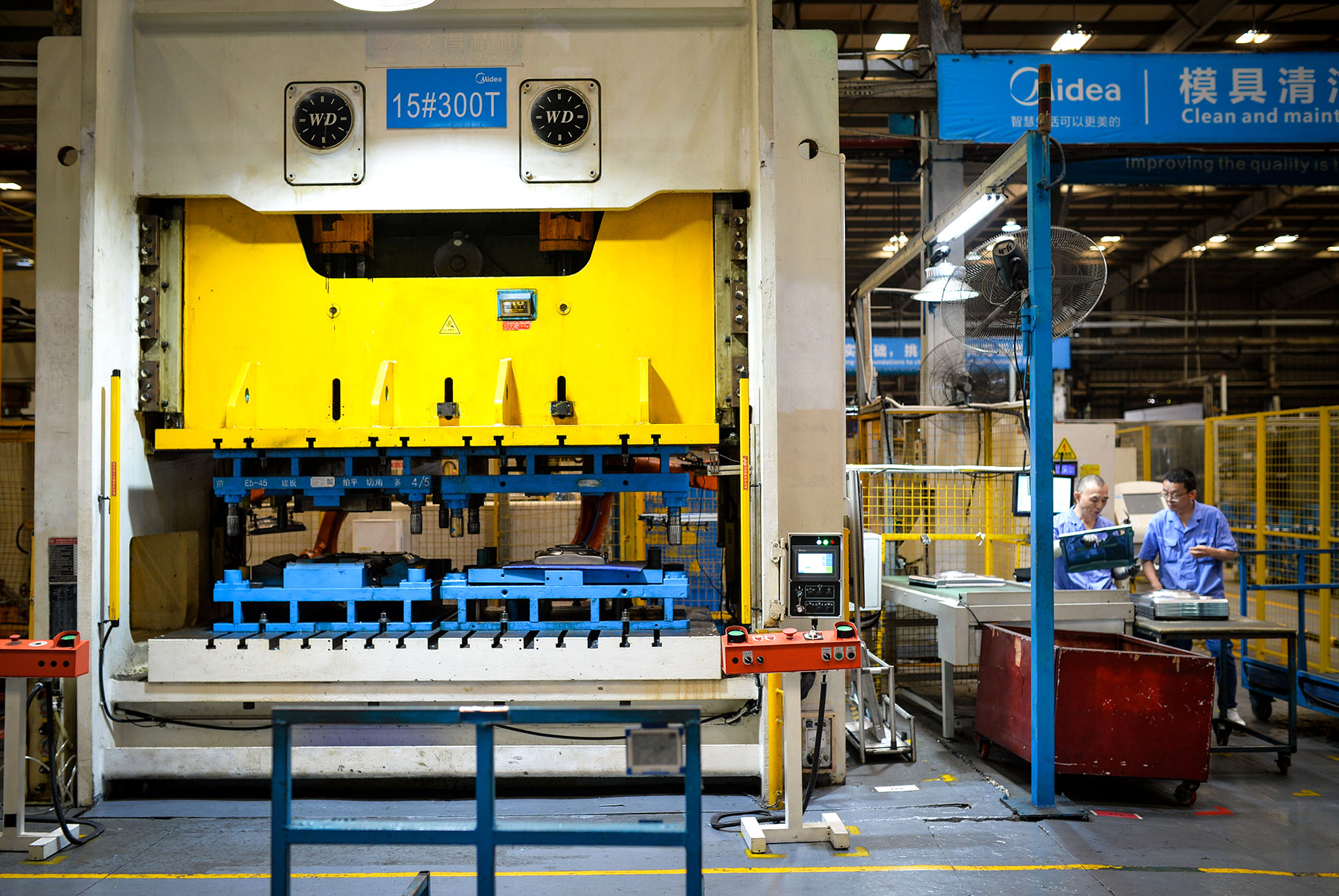
In his speech, Xi emphasized the crucial role of these forces in achieving high-quality development and outlined clear requirements for their development.
“The speech marked a significant milestone in the theoretical and practical understanding of new quality productive forces,” said Ding Minglei, an analyst at the Chinese Academy of Science and Technology for Development in Beijing, adding that to grab the momentum, a new task for government officials, decision-makers, and scholars, is to deepen understanding of new quality productive forces from a theoretical standpoint.
In fact, throughout the history of the People’s Republic of China, promoting the development of productive forces has been a fundamental goal.
Mao Zedong emphasized the liberation of productive forces, while Deng Xiaoping stressed the importance of developing them during the socialist stage.
Under Xi’s leadership, China entered a new era in 2012, focusing on high-quality development.
This has led to significant improvements in the country’s productive forces, setting the stage for the emergence of new quality productive forces.
“In summary, new quality productive forces represent a new type of advanced productivity that is compatible with the new development philosophy. Granting a leading role to innovation, they mark a break with traditional economic growth models and development pathways for productive forces and feature a high level of technology, efficiency, and quality,” Xi said in his explanation of new quality productive forces.
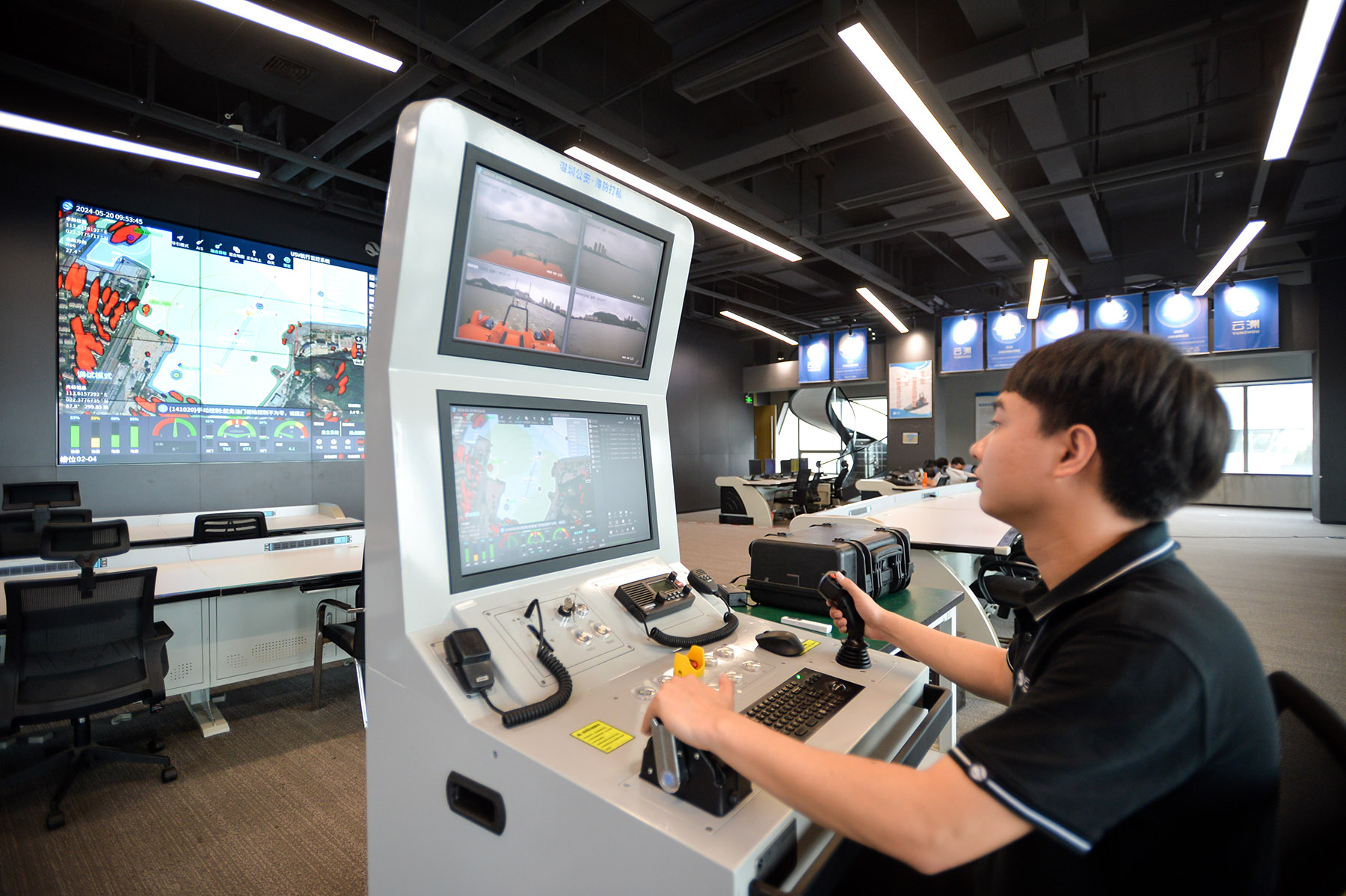
According to Ding, to understand new quality productive forces and their role in high-quality development, one should first have a clear understanding that challenges remain in China’s development, including reliance on foreign technologies, insufficient industrial strength, and pressure to transition to green production methods.
“To overcome these challenges, China must foster new industries, models, and growth drivers while ensuring control over key technologies, and that all demands a profound comprehension of the dynamics of new quality productive forces and their contribution to the pursuit of high-quality development,” Ding added.
Xi said new quality productive forces represent advanced productivity driven by innovation, which means they break away from traditional economic models and emphasize technology, efficiency, and quality.
Because these forces are born from revolutionary technological breakthroughs, innovative resource allocation, and industrial transformation, they prioritize total factor productivity and innovation, ultimately leading to qualitative and innovation-driven growth.
To accelerate the development of new quality productive forces, Guangdong, as a powerhouse in textiles, is spreading a digital revolution that promises to transform the industry as it grapples with limitations in global high-end value and supply chains, while having little say in setting the industry’s international rules and standards.
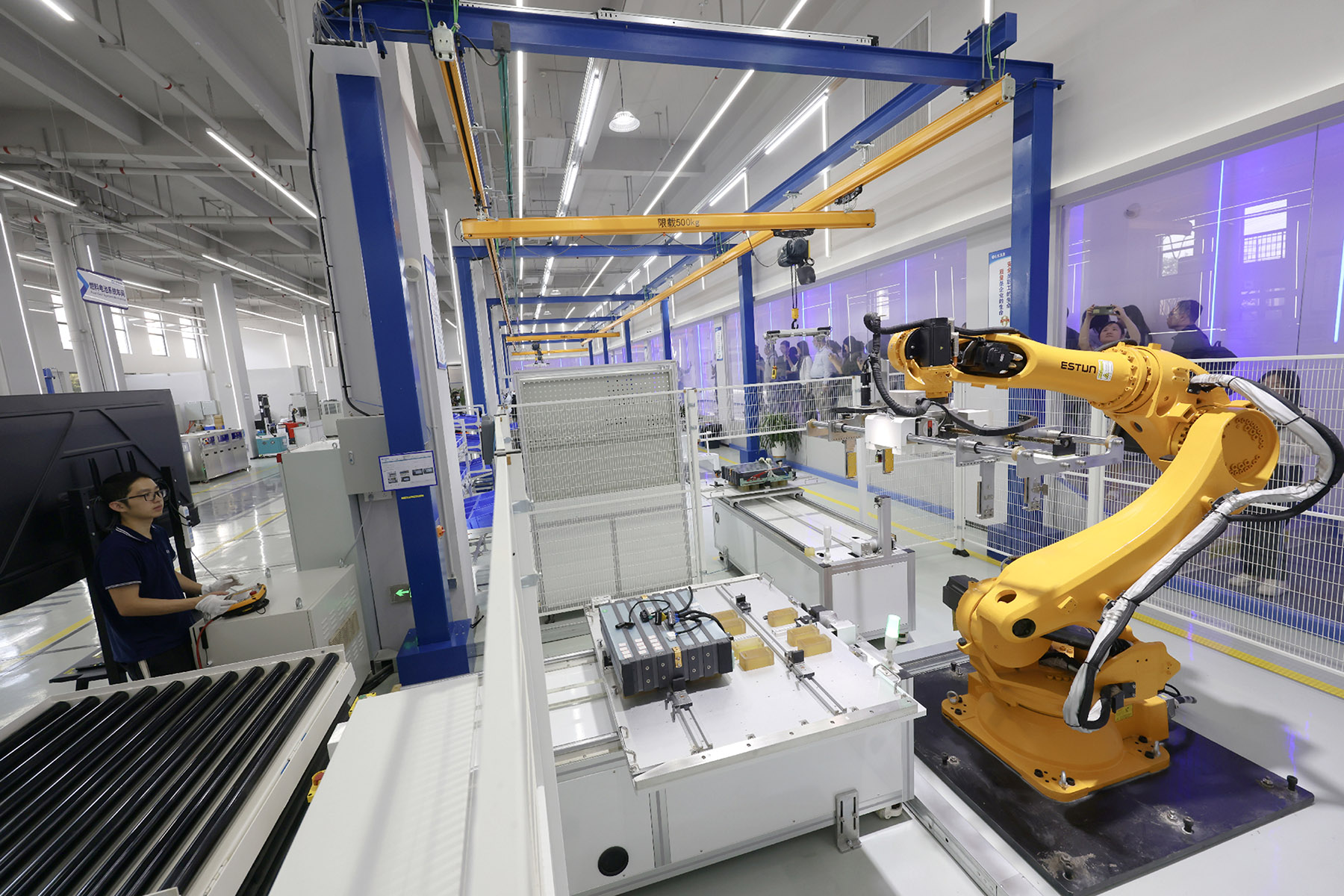
“There are some 530 ISO (International Organization for Standardization) standards in the textile industry worldwide, of which only 37 are led by China,” said Li Lingshen, vice-president of the China Textile Industry Federation.
“This means that in terms of ISO standards, we are responsible for only 7 percent, showing that we don’t have much of a say in the formulation of international rules.”
Facing such a disparity, Guangdong is committed to bridging the gap through technological prowess. This resolve has sparked a wave of digital initiatives aimed at revolutionizing industrial processes and organizational frameworks.
At the forefront of this digital revolution is Guangzhou Zhijing Information Technology Co, a pioneering force in harnessing digital technologies to streamline textile operations.
“From smart clothing design platforms that slash design times from weeks to minutes to fully automated fabric inspection systems that ensure unparalleled quality, our company aims to empower small and medium-sized enterprises to embrace digitalization and drive efficiency across the textile and garment production industry,” said Li Yaping, co-founder and senior vice-president of GZIT.
Utilizing technologies, the company has developed multiple smart cloud platforms covering the entire chain of textile and garment production, procurement, design and sales.
“The days of navigating fabric markets for days on end are a thing of the past thanks to the smart fabric sourcing platform developed by GZIT,” said Shi Daqing, general manager of Guangdong Gongying Clothing Co. “With this new technology, fabric selection has been streamlined to a matter of minutes.”
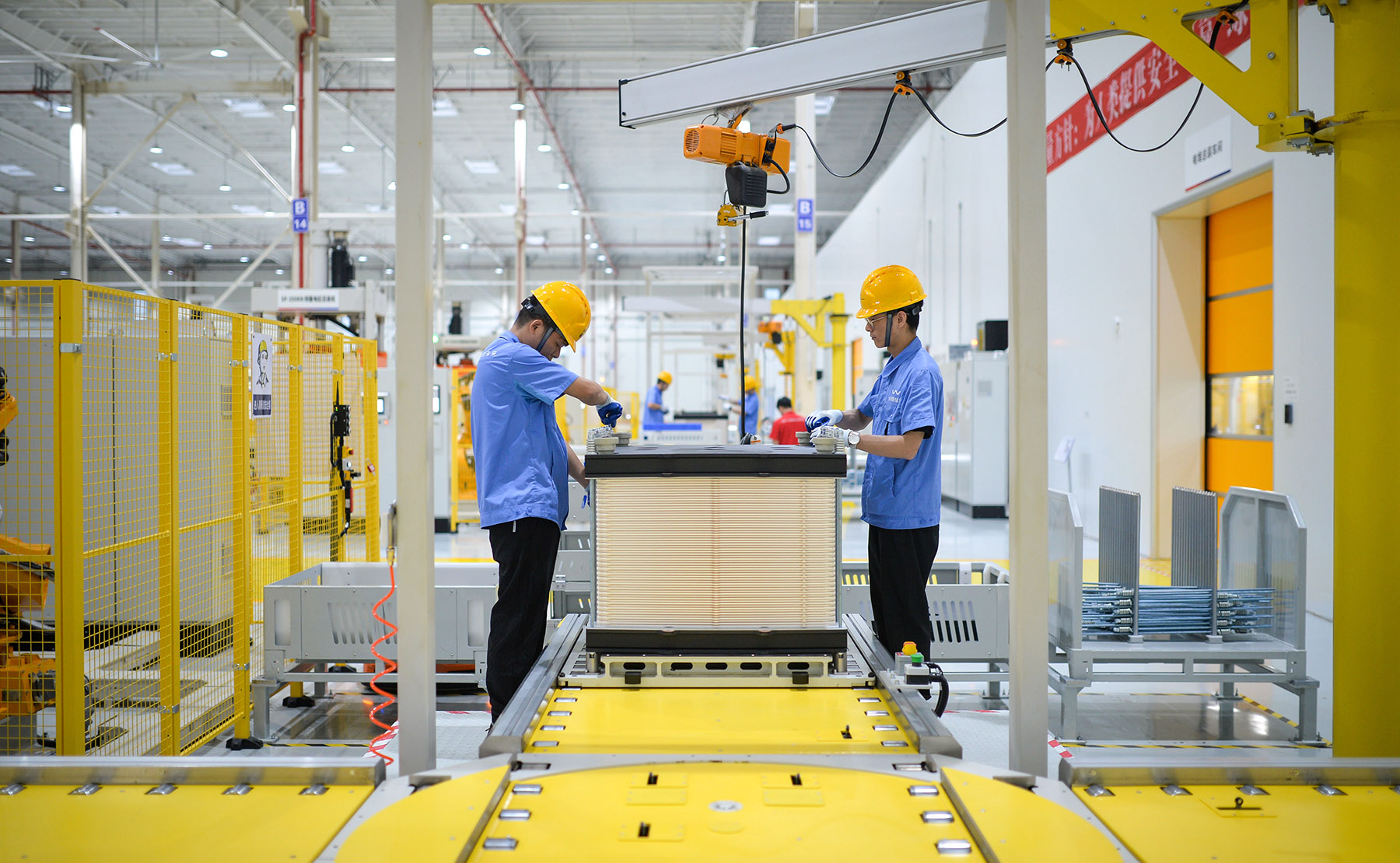
In fact, the impact of this digital transformation extends far beyond the province’s borders.
Data from GZIT shows that since its establishment, the company has provided digital empowerment services to over 50,000 textile and garment enterprises nationwide, driving the integration of manufacturing and the internet, and propelling industries into the future.
Impressed by the digital monitors supplied by GZIT, Chen Kai, general manager of Foshan Xinwei Knitting Co, said, “The operation of equipment in real time can reduce abnormal downtime of factory equipment by 35 percent and improve overall efficiency by 30 percent.”
Wei Jianzhang, vice-president of the Belt and Road Initiative’s International Cooperation and Development Research Institute in Shenzhen said the changes in the textile industry are just part of Guangdong’s broader efforts to forge ahead with its digital agenda and cultivate a thriving ecosystem of industrial internet platform companies and service providers.
“The vision is clear. We must not only serve upstream and downstream enterprises, but also bridge them together, creating a more resilient and competitive industrial chain,” Wei said.
In an era defined by technological innovation, “Guangdong’s digital transformation is not just a step forward — it’s a leap into a brighter, more connected future”.
The tale of Guangdong’s digital revolution in traditional industries is a familiar one, championed by companies in Foshan and Guangzhou.
However, the province’s vibrant tech haven of Shenzhen is the real epicenter of strategic emerging sectors, where bold ideas take root and flourish.
In February, ZTE Corporation, headquartered in Shenzhen, made waves with its announcement of a slew of 5G-Advanced products and plans for their commercial deployment at the Mobile World Congress 2024 in Barcelona, Spain.
“This year marks the starting year for the commercial use of 5G-A technology,” said Tang Xue, vice-president of ZTE.
Compared to 5G, 5G-A technology offers users a blazing-fast 10 Gbps experience, boasting a connectivity increase of tenfold and delivering speeds and coverage that are 10 times superior.
“But 5G-A isn’t just about faster internet; it represents a paradigm shift in the way we live, work, and play,” said Tang, emphasizing its potential to revolutionize industries, from express logistics to emergency rescue, by enabling two-way low-latency communication, is crucial for managing unmanned aerial vehicles effectively.
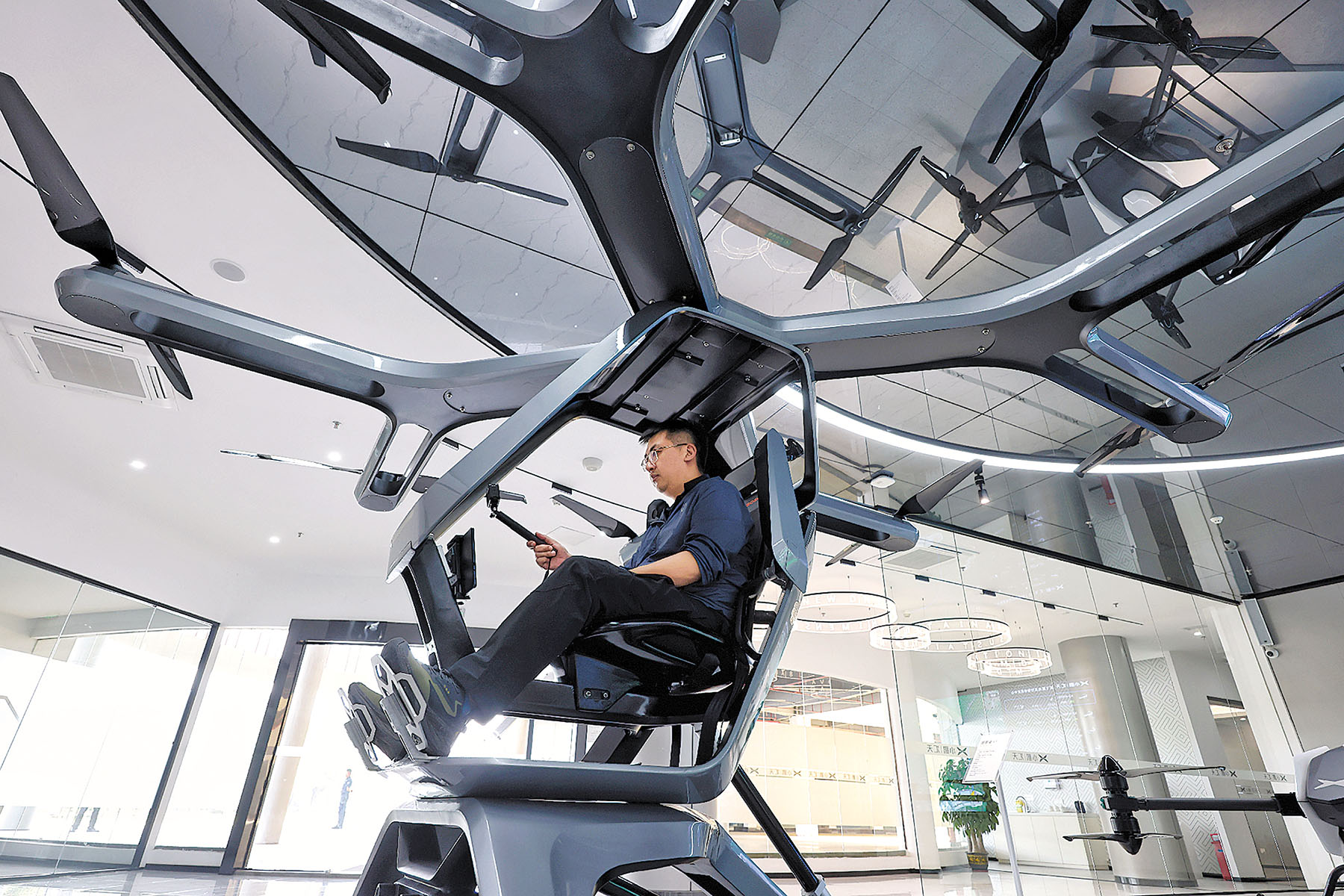
Although the burgeoning significance of 5G-A extends beyond mere speed enhancements, as Tang noted, the findings from market research firm Custom Market Insights highlight the monumental growth trajectory anticipated for the global 5G services market.
This growth also signifies a profound shift in the telecommunications landscape and its imminent impact on various sectors worldwide.
The report from the market research firm revealed that the global 5G services market’s value reached $28.9 billion last year and is forecast to skyrocket to $250.2 billion by 2032, a remarkable compound annual growth rate of 26.5 percent.
The information technology (IT) and telecom sectors reigned supreme in the market in 2022, claiming a substantial 35 percent share, closely trailed by the banking and healthcare industries.
Projections indicate that the IT and telecom sector will maintain its dominance through 2032, as per the report.
Technological advancements have paved the way for innovative services like autonomous driving, augmented reality, and virtual reality, all of which rely heavily on network efficiency enhancements and drive the demand for robust 5G infrastructure, according to the report.
“Like things happened in Guangdong, the development of new quality productive forces needs concerted effort across various domains, which includes prioritizing innovation in science and technology, fostering the application of these innovations in industries, promoting green development models, and reforming production relations to align with the requirements of modern productivity,” Ding from the Chinese Academy of Science and Technology for Development said.
Talent development is also crucial, with a focus on education, innovation, and talent mobility, he added.
“By establishing robust mechanisms for talent management and fostering an environment conducive to innovation, Guangdong’s high-quality development is more than a local success story. From intelligent manufacturing in Foshan and Guangzhou to technological breakthroughs in Shenzhen, it’s a model of modernization and innovation much anticipated by China,” Ding said.
Li Yihui in Guangzhou contributed to this story.
Contact the writers at wangxu@chinadaily.com.cn


